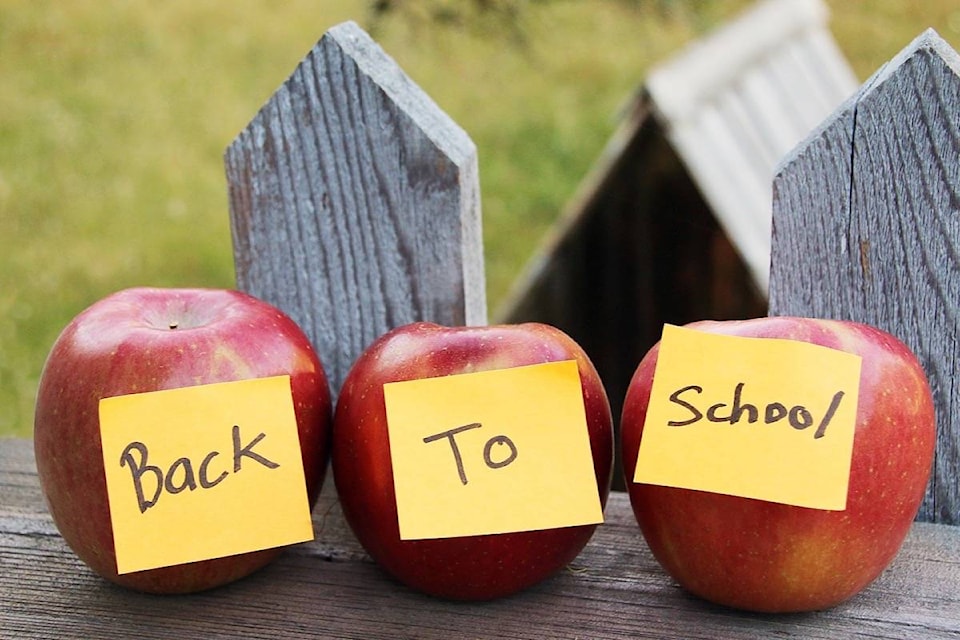It’s long overdue.
But this school year will be different from those in recent memory. The Cowichan Valley school district has hired 60 new teachers and they will be presiding over smaller classes.
This due to the win by the teachers’ union, forcing the provincial government to roll back the exclusion of class size from their contracts, a move that happened in the early 1990s. An epic years-long court battle finally wound up at the end of last school year, with the teachers victorious.
(Let’s not get in to how much of our tax money the province spent fighting the teachers. It’s too painful.)
So smaller classes it is.
Our hope now is for a better educational experience for the youths in the Cowichan Valley.
Class size, while important, isn’t a magic bullet. It’s one component of what can make a successful learning environment.
Another biggee is class composition — how many students with special needs are in a class, and how much help they have. One of the huge roadblocks in Cowichan has been getting all of the students who need an assessment assessed in any kind of reasonable timeframe. Many go years without it, quietly getting further and further behind, and more and more discouraged.
Class size won’t really fix this problem, though perhaps it will give the teacher a tiny bit more time to spend with each pupil, and they will better be able to see who may be falling through the cracks.
There’s also transportation, making sure students are properly nourished to be able to learn, and aging buildings and technology in some areas of the district, among other challenges.
So with one hurdle now crossed, let’s get to work on some of the others.
